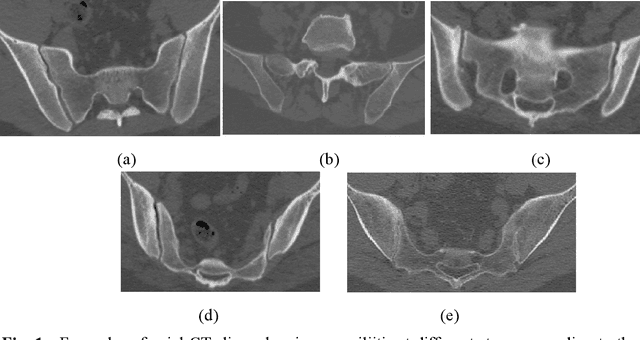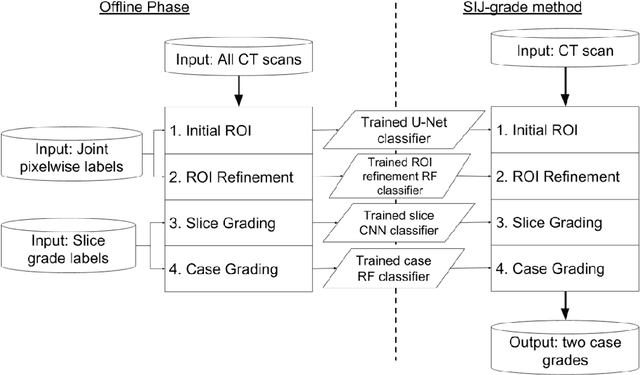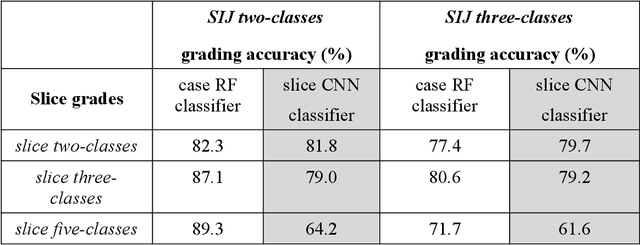Yigal Shenkman
Capture, Canonicalize, Splat: Zero-Shot 3D Gaussian Avatars from Unstructured Phone Images
Oct 15, 2025Abstract:We present a novel, zero-shot pipeline for creating hyperrealistic, identity-preserving 3D avatars from a few unstructured phone images. Existing methods face several challenges: single-view approaches suffer from geometric inconsistencies and hallucinations, degrading identity preservation, while models trained on synthetic data fail to capture high-frequency details like skin wrinkles and fine hair, limiting realism. Our method introduces two key contributions: (1) a generative canonicalization module that processes multiple unstructured views into a standardized, consistent representation, and (2) a transformer-based model trained on a new, large-scale dataset of high-fidelity Gaussian splatting avatars derived from dome captures of real people. This "Capture, Canonicalize, Splat" pipeline produces static quarter-body avatars with compelling realism and robust identity preservation from unstructured photos.
Automatic detection and diagnosis of sacroiliitis in CT scans as incidental findings
Aug 14, 2019



Abstract:Early diagnosis of sacroiliitis may lead to preventive treatment which can significantly improve the patient's quality of life in the long run. Oftentimes, a CT scan of the lower back or abdomen is acquired for suspected back pain. However, since the differences between a healthy and an inflamed sacroiliac joint in the early stages are subtle, the condition may be missed. We have developed a new automatic algorithm for the diagnosis and grading of sacroiliitis CT scans as incidental findings, for patients who underwent CT scanning as part of their lower back pain workout. The method is based on supervised machine and deep learning techniques. The input is a CT scan that includes the patient's pelvis. The output is a diagnosis for each sacroiliac joint. The algorithm consists of four steps: 1) computation of an initial region of interest (ROI) that includes the pelvic joints region using heuristics and a U-Net classifier; 2) refinement of the ROI to detect both sacroiliac joints using a four-tree random forest; 3) individual sacroiliitis grading of each sacroiliac joint in each CT slice with a custom slice CNN classifier, and; 4) sacroiliitis diagnosis and grading by combining the individual slice grades using a random forest. Experimental results on 484 sacroiliac joints yield a binary and a 3-class case classification accuracy of 91.9% and 86%, a sensitivity of 95% and 82%, and an Area-Under-the-Curve of 0.97 and 0.57, respectively. Automatic computer-based analysis of CT scans has the potential of being a useful method for the diagnosis and grading of sacroiliitis as an incidental finding.
 Add to Chrome
Add to Chrome Add to Firefox
Add to Firefox Add to Edge
Add to Edge